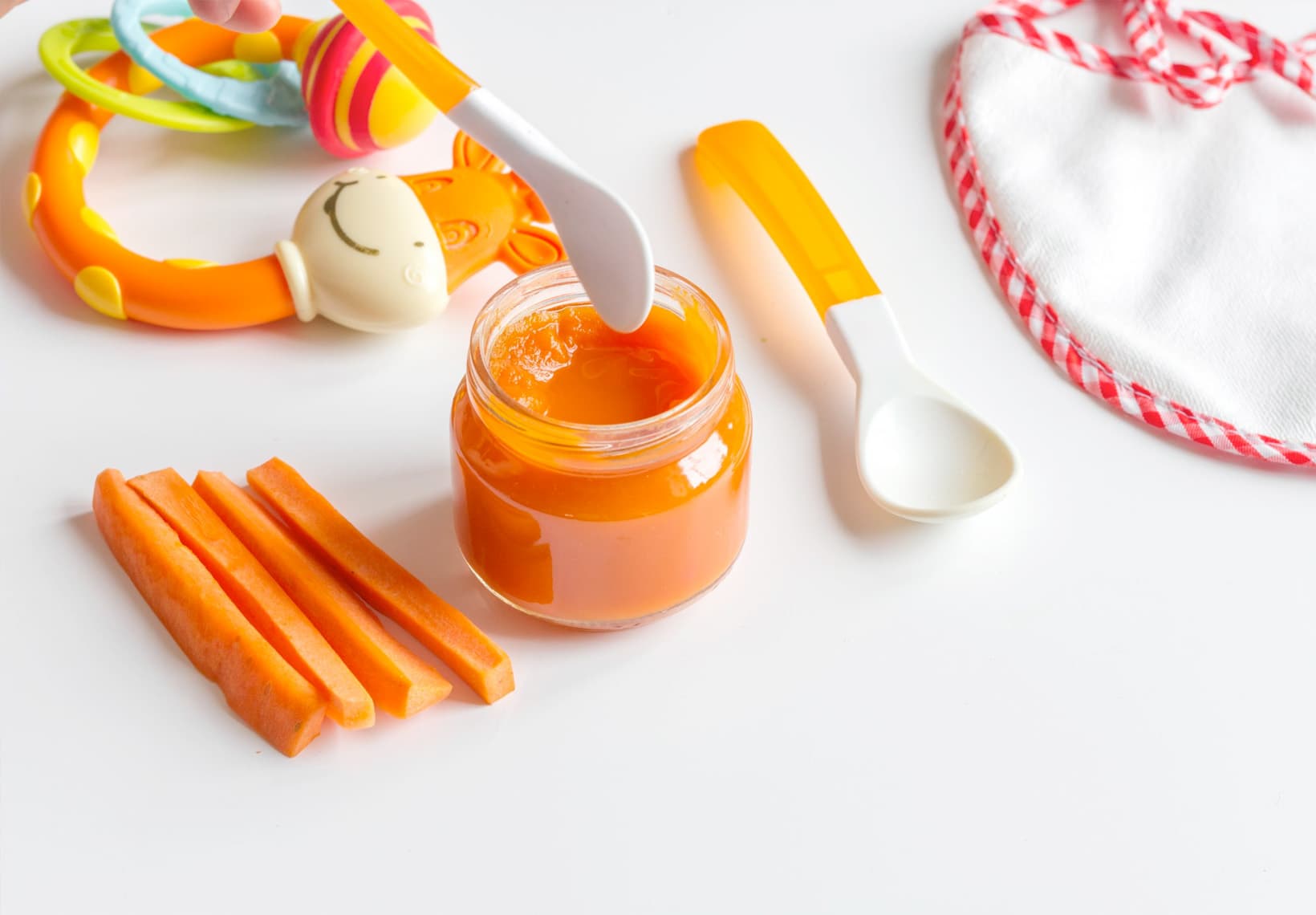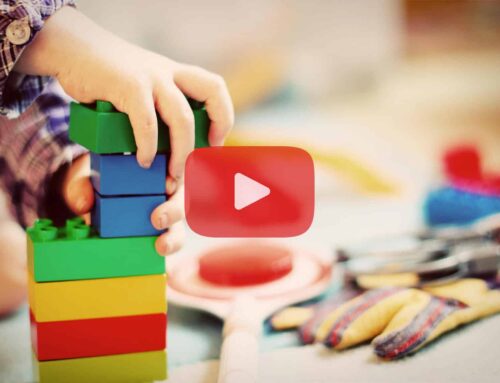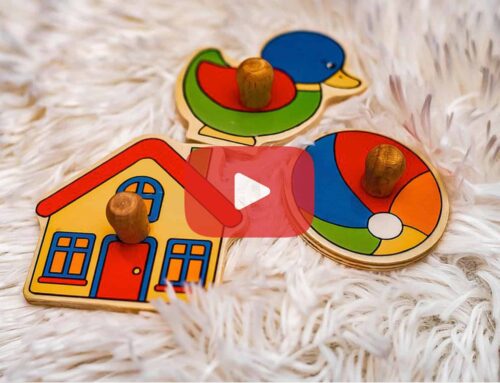Choking Prevention and Hazards for Kids Under 1 Years Old
Choking is a very common cause of unintentional injury or death in children under age one, and the danger remains significant until the age of five. You must be particularly watchful when children around the age of one are sampling new foods that must be chewed with a grinding motion. Children don’t master that kind of chewing until age four, so they may attempt to swallow there food. They should be encourage to chew thoroughly. It’s takes time. All children learn at different rates so take your time and make it a fun experience.
Avoid List
- Hot Dogs
- Whole nuts and Seeds
- Grapes
- Popcorn
- Raw Veggies (carrots especially)
- Raisins
- Fruit chunk
- Chunks of meat
- Sticky foods (Nut butters, string cheese, gum, marshmallows, Gummy Bears)
- Hard round Candy
Premier Nuggets
- Slice hot dogs and raw vegetables lengthwise into sticks (julienne style) instead of round chunks.
- When your baby graduates to finger foods, keep them pea-sized and soft, or at least very easily gummed, like O-shaped cereal.
- If a piece of food like a blueberry or black been has an intact skin, squish it before handing it to your infant.
- Take infant CPR and be prepared.
Choking Prevention Hazards for Kids Ages 1 to 4
Choking prevention at this age is all about the prep work. You can offer your toddler or preschooler many of the foods on the to-avoid list above as long as they’re safely prepared. Don’t give your child round, firm foods (like hot dogs and carrot sticks) unless they are chopped completely. Cut or break food into bite-sizes and cut fruit and cooked vegetables into small pieces. The American Academy of Pediatrics (AAP) recommends giving kids pieces no wider than a dime.
As for popcorn, hard candy, and gum, the AAP advises against them until age 4. No matter how old your children are always supervise kids when they’re eating.
Objects that are hazardous
- Latex Balloons (Never tie them to cribs or where children are not always supervised)
- Round Objects ( Coins. marbles, small balls)
- Toys with small parts ( Not easy when we have more than 1 child. Teach your older one to clean up his toys. I know this is not an easy task. Maybe encourage playing with a high risk toy when their younger sibling is napping.
- Pen or marker tops
- Button Batteries ( Extremely toxic and dangerous. They are found everywhere including cameras, TV remotes, child’s toys.)
- Magnets
- Hair barrettes
- Safety pins
- Doll parts & Legos
Premier Nuggets
- Ban eating on the run!!
- If you go to a party, make sure to check out all the food on the serving tables as well as objects that might be lying around the area.
- If you have a second child in tow, remember to always keep an eye on your toddler when you venture outside of your home.
What to do if your child is choking and you are not there
At around age 4, your child will be away from you for periods of time during the day whether it’s school, play dates or a visit with grandparents. This is the perfect age to teach your child what to do if they choke and how to alert an adult. They should know their phone numbers, address and how to dial 911.
Teach them they are not BAD and it is not their fault. Many children fear that they will get in trouble and run and hide. You should teach your child to go to an adult and do the universal sign of choking. The adult should ask if the child can talk and if they are choking. If they cannot answer and shake their head yes, perform the Heimlich.




